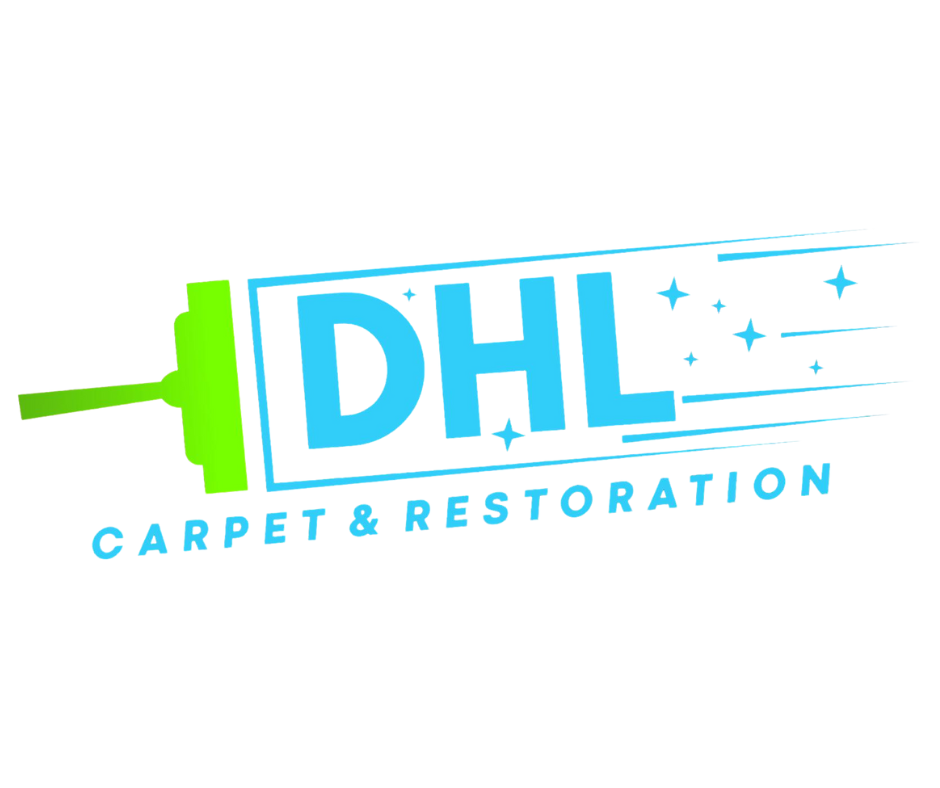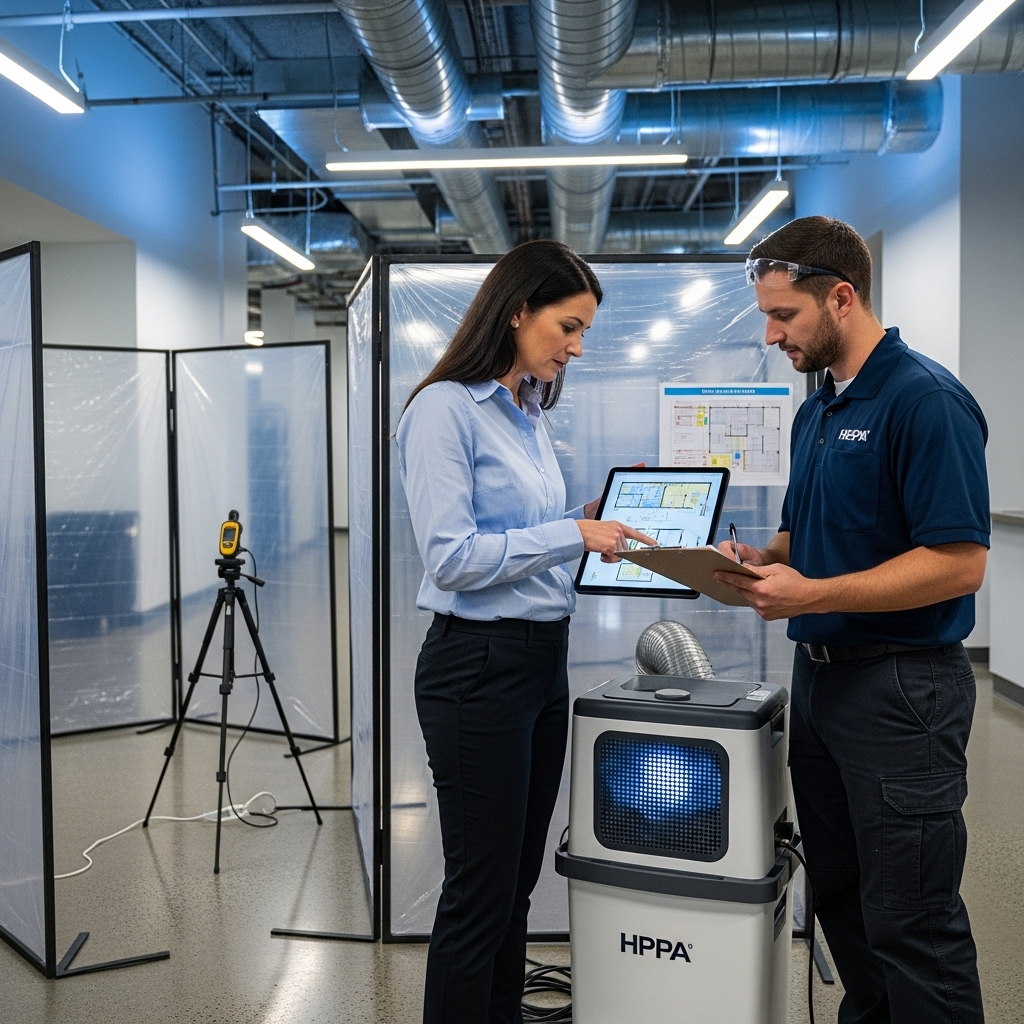Introduction: A Strategic Guide for New Jersey Facilities
Commercial buildings in New Jersey—from retail centers and medical offices to schools, warehouses, and multifamily complexes—face unique moisture pressures. High occupancy, extensive HVAC networks, varying tenant uses, and frequent build-outs can create conditions where mold flourishes if not proactively managed. This guide equips facility managers, property owners, and operations leaders with a detailed understanding of how to plan, scope, and oversee commercial mold mitigation with minimal disruption to business. Early in your planning, it is wise to align with a provider that delivers comprehensive mold mitigation services built around moisture control, occupant safety, and documentation standards that withstand scrutiny.
While every property is different, successful commercial mitigation rests on a few pillars: timely assessment, precise containment, air quality management, and follow-through on building improvements that reduce the chance of recurrence. The guidance that follows explores risk factors specific to New Jersey’s climate and codes, clarifies scope decisions, and offers practical steps to coordinate stakeholders across operations, risk, and compliance.
By approaching the issue methodically, you protect your brand, limit downtime, and safeguard tenants, customers, and staff. This is less about a one-off cleanup and more about designing a building-wide strategy that helps you stay ahead of moisture-related issues season after season.
Commercial Risk Factors in New Jersey Properties
Commercial properties combine complex systems and diverse occupants. That complexity multiplies the pathways by which moisture can enter and linger. Consider these high-impact risks:
- HVAC systems with poor balance or maintenance, leading to elevated humidity and condensation on ductwork or inside plenums.
- Tenant improvements that pierce firewalls or vapor barriers, creating unintended moisture pathways.
- Roof penetrations for signage, equipment, or communication lines that are not properly sealed.
- Loading docks and high-traffic entrances that invite wet conditions indoors during storms.
- Water fixtures in restrooms and breakrooms with intermittent leaks that go unnoticed between cleanings.
- Undersized or clogged roof drainage systems during heavy rain, causing backups.
- Below-grade spaces with insufficient waterproofing, drainage, or dehumidification.
- Inconsistent housekeeping practices that let dust and debris accumulate as a food source.
- Uncoordinated contractor work that disturbs materials without proper containment.
- Inadequate documentation, making it hard to learn from past incidents and prevent repeats.
Scope Development and Decision-Making
Effective mitigation begins with clarity. Establish a detailed scope that outlines affected zones, containment boundaries, and air handling strategies. Incorporate moisture mapping, thermal imaging, and air filtration plans. Prioritize safety procedures for occupants and workers, including after-hours scheduling where necessary to reduce disruption.
Define roles among facility staff, outside contractors, and tenant representatives. Centralize communication so updates are consistent and timely. Decide what requires immediate stabilization versus what can be scheduled after business hours or during off-peak periods. Coordinate building access, signage, and safe egress paths around containment zones.
Core Elements of Commercial Mitigation
Commercial projects share a common foundation of methods, scaled to building size and occupancy:
- Assessment and documentation: Record baseline conditions, photographs, readings, and known moisture sources.
- Engineering review: Consult mechanical and building envelope professionals when HVAC or waterproofing issues are suspected.
- Containment design: Establish barriers and negative pressure zones to prevent cross-contamination, especially near public areas.
- Air quality control: Deploy HEPA filtration and verify airflow to protect adjacent spaces.
- Selective demolition: Remove compromised materials carefully, coordinate disposal, and stabilize surrounding finishes.
- Cleaning protocol: Use HEPA vacuuming and damp-wiping procedures designed for commercial finishes and equipment.
- Drying and stabilization: Control humidity and temperature, monitor moisture content, and maintain logs for compliance.
- Source correction plan: Address leaks, insulation gaps, vapor barriers, or ventilation imbalances that allowed moisture to persist.
- Post-mitigation verification: Confirm that readings have normalized and that visual indicators are resolved.
- Preventive maintenance: Implement schedules and training for staff to recognize early warnings.
Building Systems and Moisture Control
HVAC performance is central to commercial mold control. Imbalanced systems may leave zones too humid or create cold surfaces that encourage condensation. Ensure exterior air intakes, economizers, and controls are functioning as designed. In buildings with variable occupancy—such as event venues or schools—coordinate setpoints and ventilation with usage patterns. Regularly inspect drain pans, condensate lines, and insulation on chilled water piping to prevent localized dampness.
Roof assemblies and exterior walls also merit ongoing attention. New penetrations for equipment or signage must be properly flashed and sealed. Consider infrared scans to detect insulation voids or hidden moisture. Where below-grade walls are involved, evaluate drainage, sump systems, and perimeter grading to keep water away from foundation walls.
Operational Continuity and Communication
Maintaining business operations while work proceeds requires thoughtful planning. Use clear signage around containment areas and communicate expected timelines to tenants and staff. Schedule higher-impact tasks after hours. For sensitive environments such as healthcare or labs, coordinate infection control risk assessments and work closely with environmental health and safety teams. Provide periodic status updates and keep a single point of contact for questions.
Documentation supports accountability and continuity. Maintain logs of readings, photos, chain-of-custody for removed materials where needed, and descriptions of containment strategies. Such records prove valuable for risk reviews, audits, and future maintenance planning.
Vendor Selection in the New Jersey Market
Choose providers who demonstrate proficiency in large-scale containment, communication with multiple stakeholders, and strict adherence to safety. Experience with the New Jersey code environment, coastal humidity, and mixed-use buildings is invaluable. During your vetting process, compare how prospective teams design their mold mitigation services to accommodate occupied spaces, protect sensitive equipment, and keep thorough logs that support compliance.
Evaluate response protocols for emergency situations, staffing capacity for multi-floor projects, and their approach to coordination with mechanical contractors, roofers, and restoration teams. A strong vendor acts as a hub that brings technical clarity and operational discipline to every phase of work.
Training Staff and Tenants
Education prevents small problems from becoming big ones. Train janitorial teams to spot early signs—water stains, discoloration near vents, musty odors—and establish a fast reporting pathway. Provide tenants with simple guidance: how to avoid obstructing vents, what to do if they notice leaks, and why final finishes must be fully dry before build-outs proceed. The more eyes you have in the building, the faster you can stabilize issues.
Seasonal Readiness for the Garden State
Storm seasons, heat waves, and cold snaps all influence moisture risk. Before heavy spring rains, clear roof drains and inspect flashing. In summer, monitor humidity closely in lobbies and basements. In fall, verify that building envelope gaps are sealed to minimize winter condensation. Prepare contingency plans for power interruptions, including dehumidification and temperature control strategies that can be activated quickly.
Frequently Asked Questions
Q: How can we minimize disruption during mitigation? A: Schedule high-impact tasks after hours, isolate work zones with negative pressure, and coordinate with tenants through a single communications channel.
Q: What triggers an immediate response? A: Active leaks, widespread visible growth, or moisture readings that indicate continuing wet conditions require swift stabilization and containment.
Q: Do we need third-party verification? A: Independent verification can build confidence among stakeholders. Decide based on your risk profile, building use, and internal policies.
Q: How important is HVAC balancing? A: Critical. Balanced airflow and proper dehumidification reduce condensation, protect finishes, and help maintain acceptable indoor conditions.
Q: What documentation should we keep? A: Moisture and humidity readings, photos, descriptions of containment, a record of removed materials, and notes on source corrections and maintenance plans.
Q: What if the building is partially occupied? A: Careful phasing, signage, and communication keep people safe and productive while work proceeds in adjacent zones.
Q: Are basements and crawl spaces a special concern? A: Yes. Below-grade areas often need enhanced dehumidification, drainage checks, and periodic inspections to stay dry.
Next Steps for New Jersey Facilities
Your facility’s resilience depends on disciplined planning, clear communication, and a team that understands complex building systems. Build a proactive roadmap that integrates assessment, containment, and long-term moisture control. When you are ready to move confidently from identification to resolution, partner with experienced mold mitigation services that scale to commercial environments and keep your operations moving forward.

